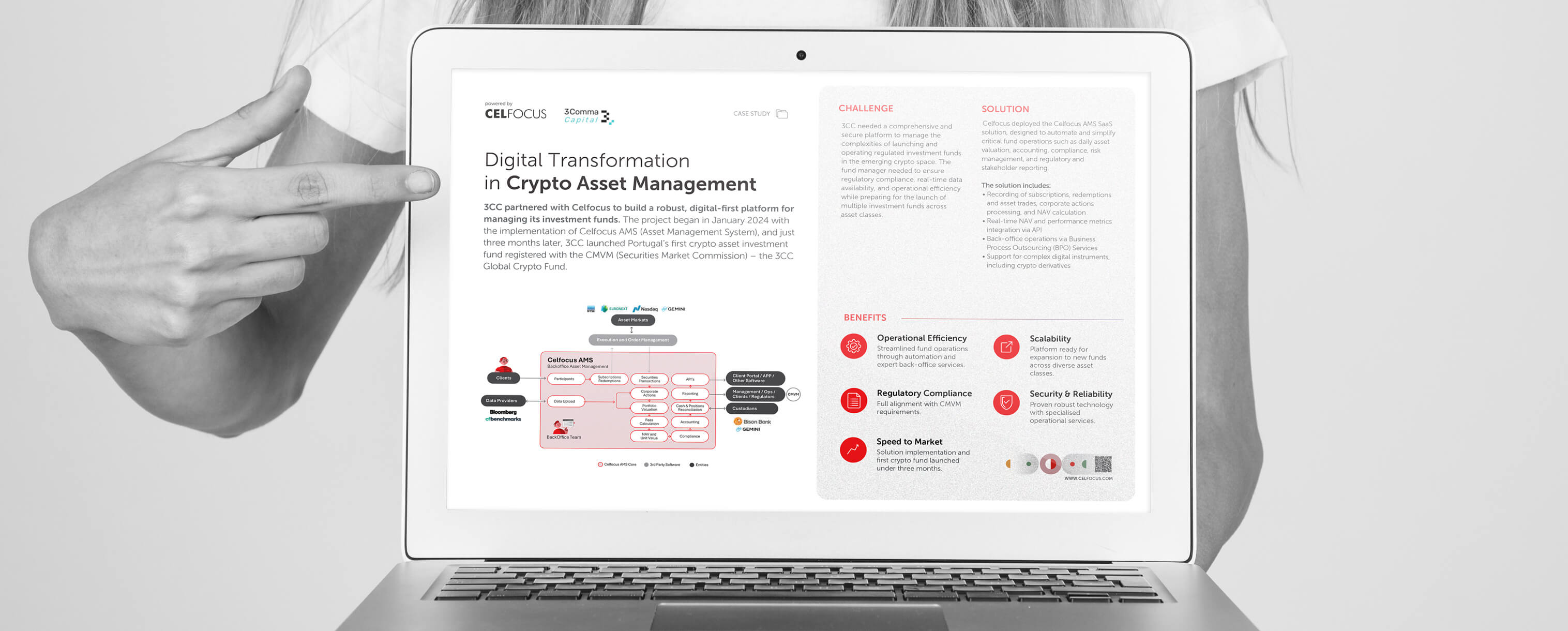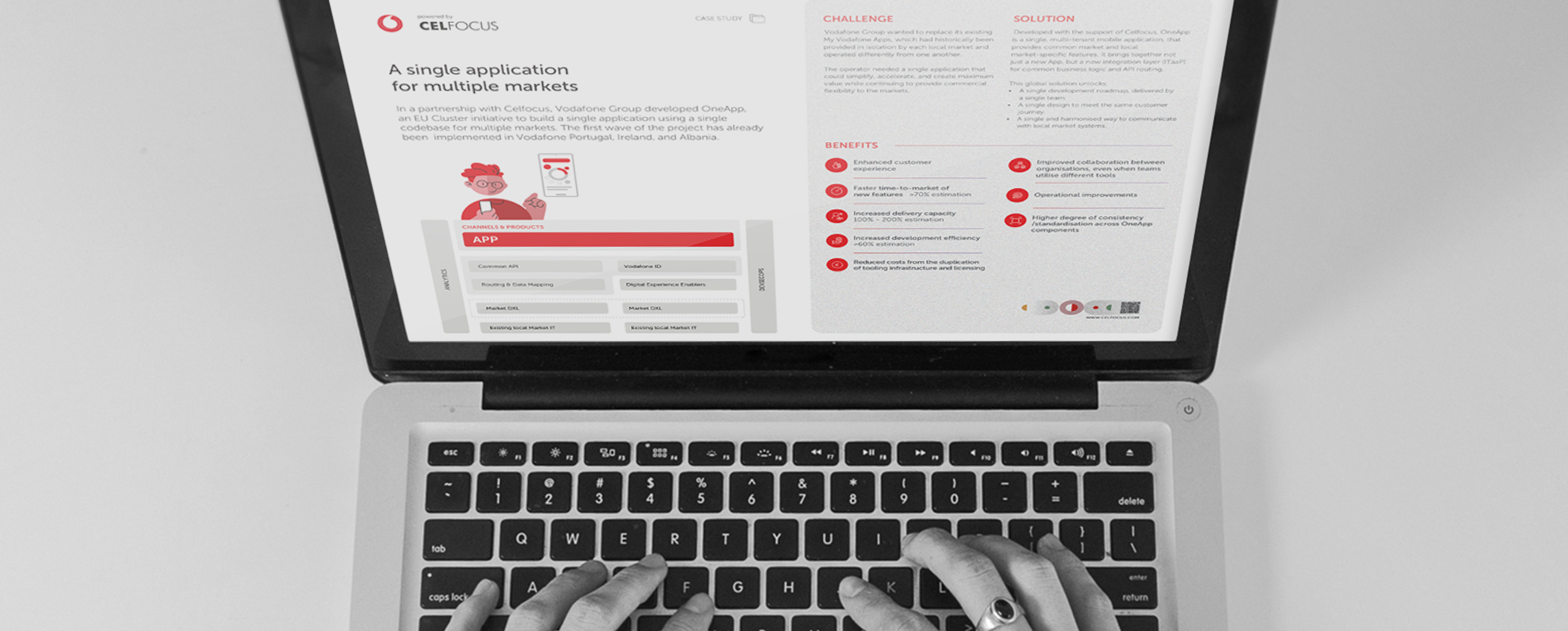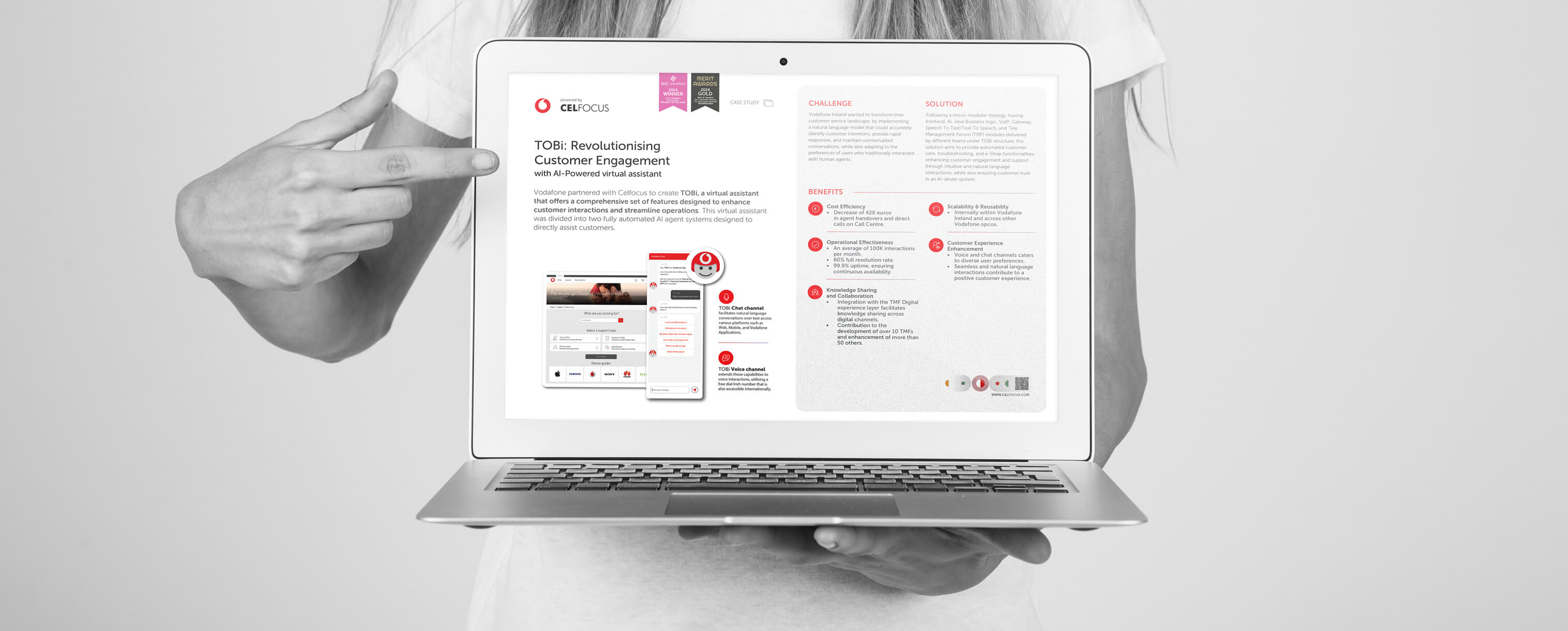|---Module:text|Size:Small---|
You only have one chance to provide a good first impression. Good customer journey mapping can provide your customer just that. Traditionally, organisations have tried to improve customer experiences by adding more channels, moving the experience to mobile devices and improving the user interface. While these are still strategic moves, creating an engaging customer experience requires more.
Since the 90’s, the customers’ demand for a better Customer Experience has been continuously increasing. Companies have struggled to address this by adding channels (Contact Centres, web and mobile) and improving the user experience. Although this was a good strategical move, today this is no longer enough. Customers are requesting an immersive and engaging customer experience, expecting that Companies understand them and provide all the customer journeys to address their different purposes, from buying a product to accessing customer service or sharing grievance on social media. Companies that aren't able to provide this will fall back in customer satisfaction, losing customers and market margin.
The most common definition found for Customer Journey Mapping is a visual representation of all the steps and experience that a customer has when interacting with a company. This visual representation should include all the activities, channels and involved parties (personas). Customer Journey Mapping is a powerful tool to validate if a company really understands its customers. Customer Journey Mapping allows companies to step into customers’ shoes and define how they will interact with the company. If done correctly, a stronger relationship between customer and company is built.
On the other hand, for sure customers may use their free will, which may ruin the “perfect” Customer Journeys Mapping. This brings the second part of the Customer Journey Mapping usage strategy. After a Customer Journey is defined, the CJM Platform must analyse the journey, both from the navigation point of view (validating if the customer got lost in the front-end) and the execution perspective (which are the steps where the customer hesitated or abandoned the Journey). This allows continuous feedback and improvement/tuning of customer journeys, making them really efficient. A tool that allows changes to be applied to a Customer Journey quick and easy is paramount.
If a Customer Journey is not simple enough and there are unnecessary steps (not required, redundant, repeating, unclear next steps) the customer will lose interest. All these steps should be reviewed and removed. This will allow companies to address their objective with the CJM: building a close relationship with customers.
In a world where too many FinTechs are trying to find a spot between the customer and Financial Institutions, it's critical for companies to guarantee a strong relationship with the customers.
Learn more about the evolution from Customer Relationship Management (CRM) to Customer Journey Mapping (CJM) here.






















